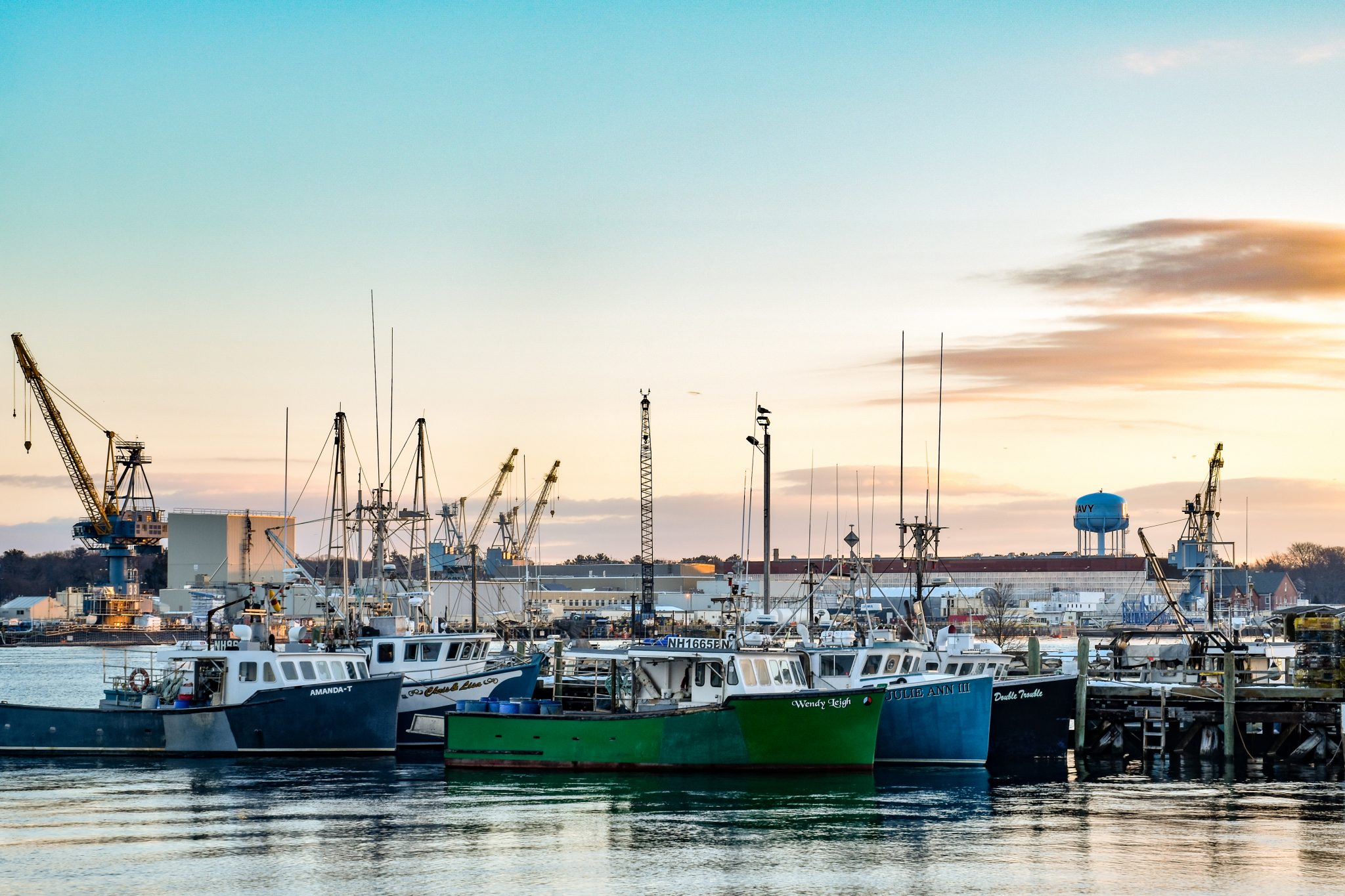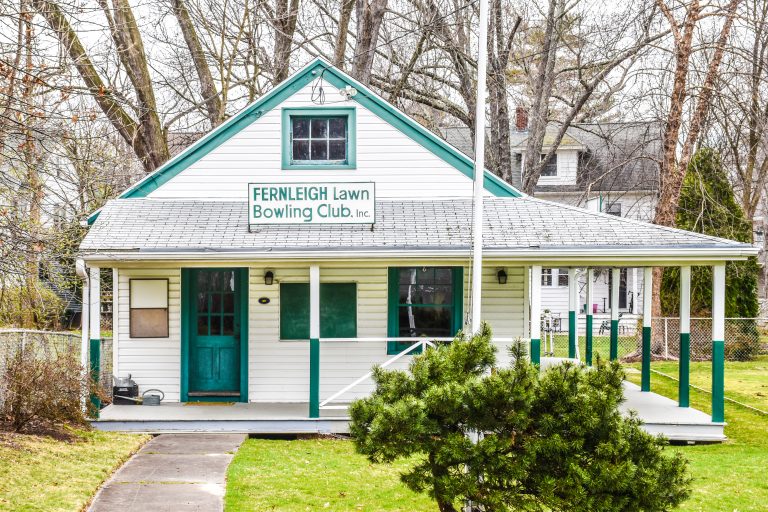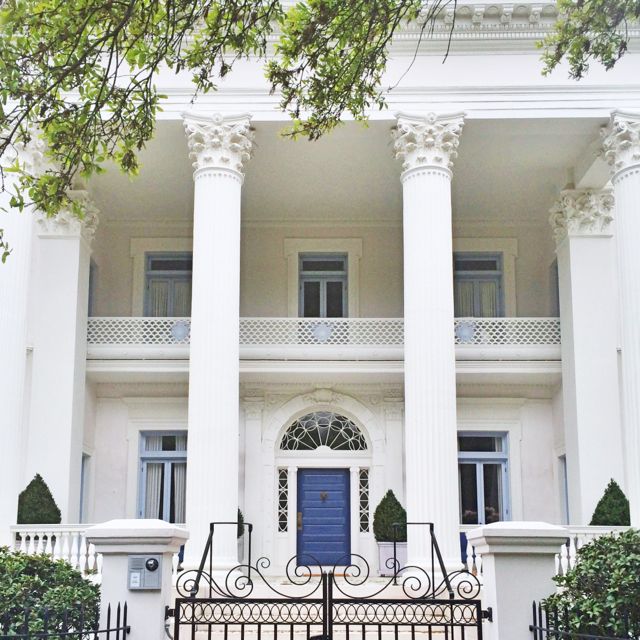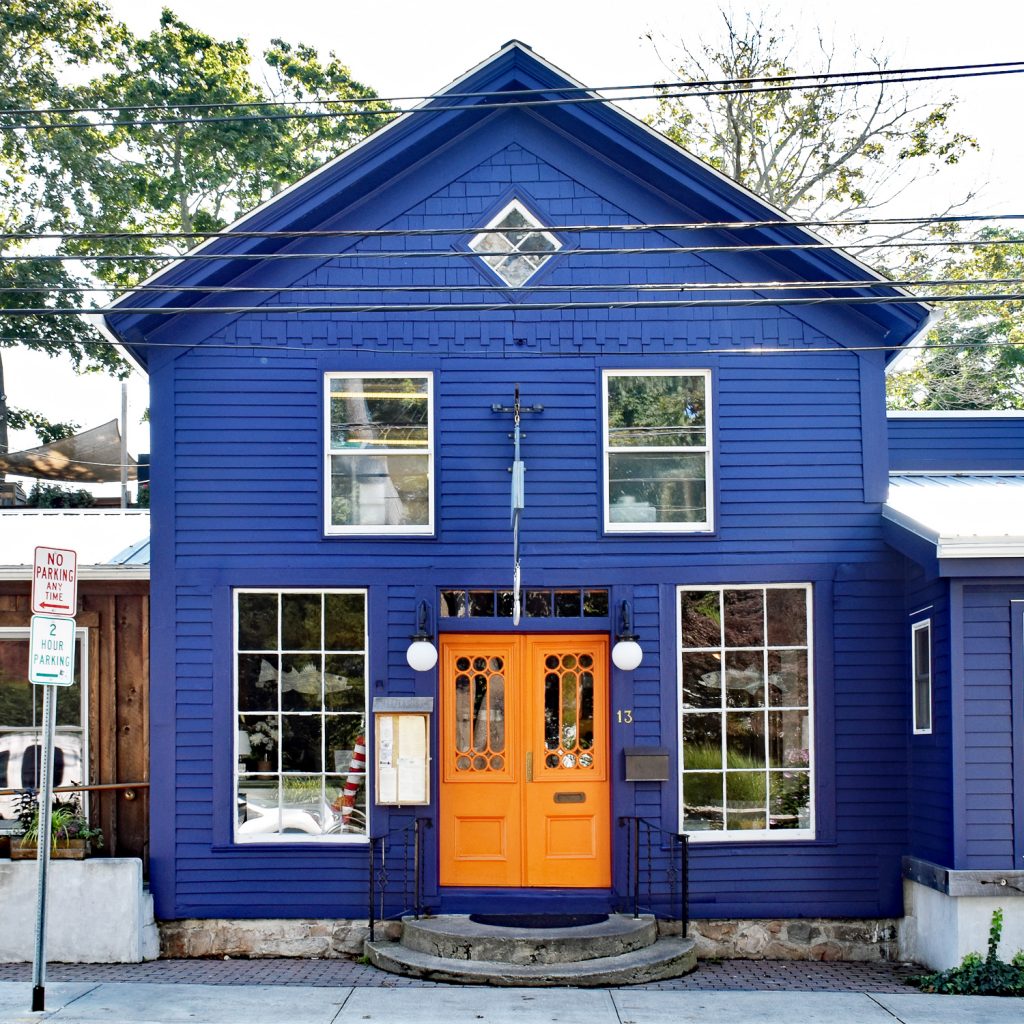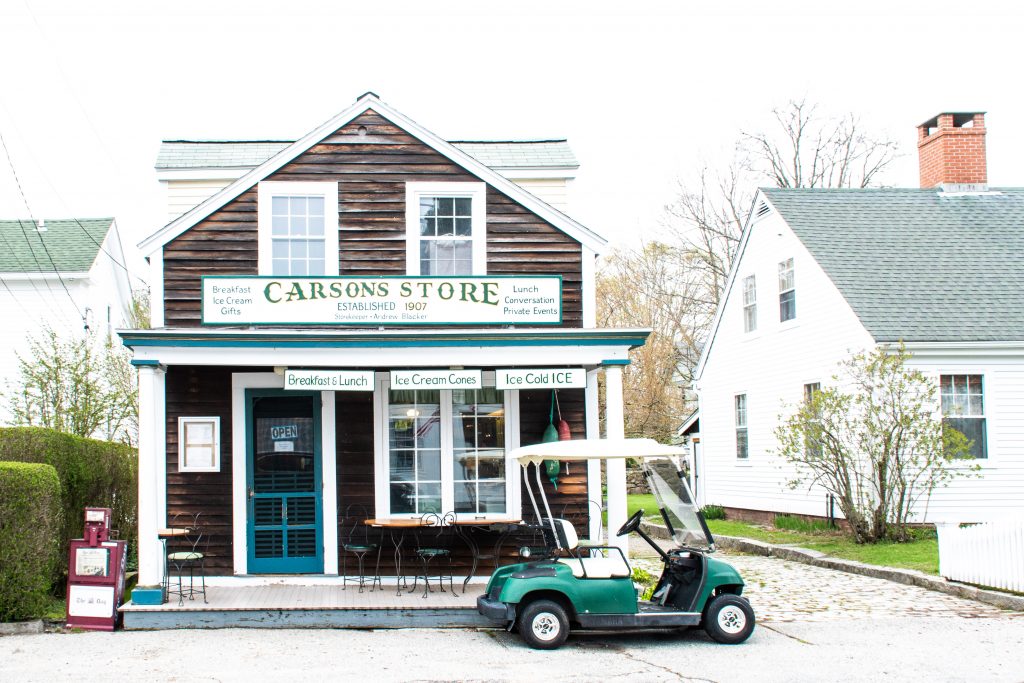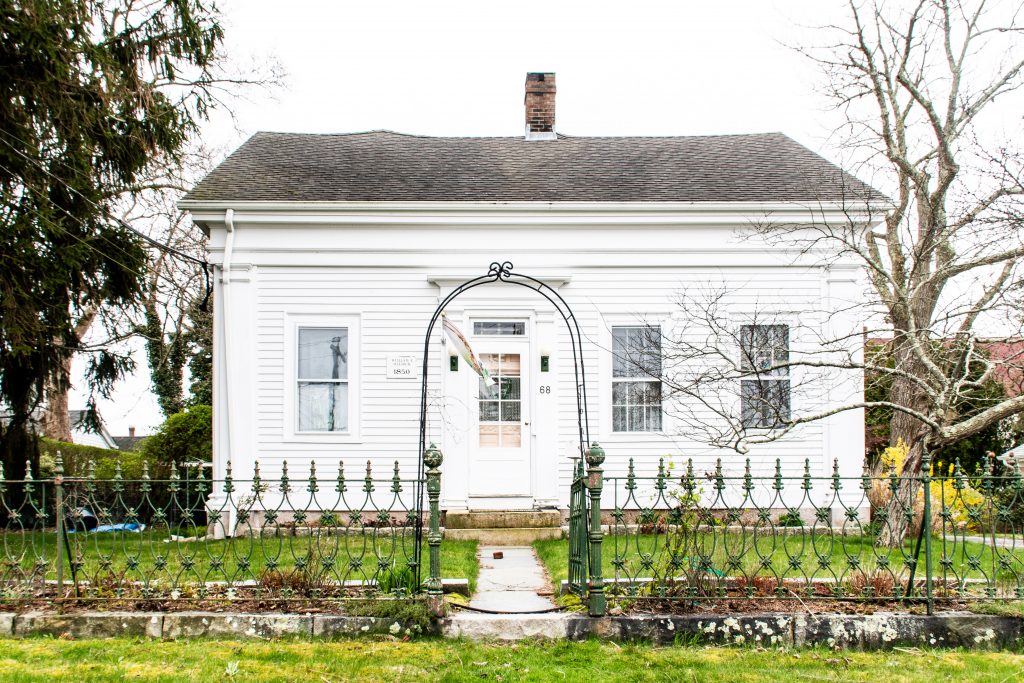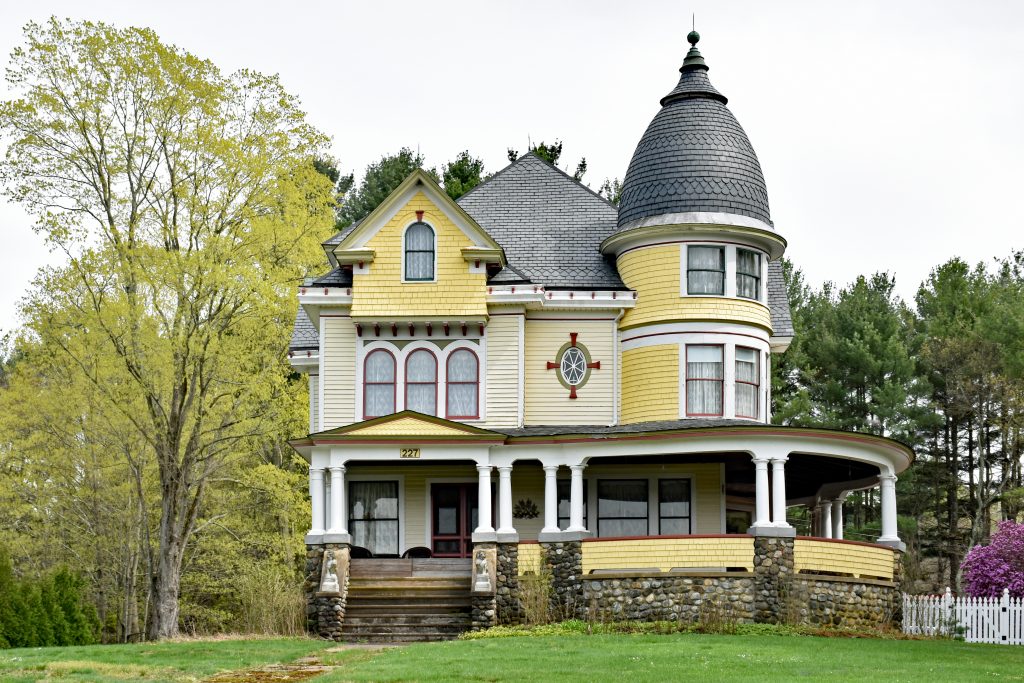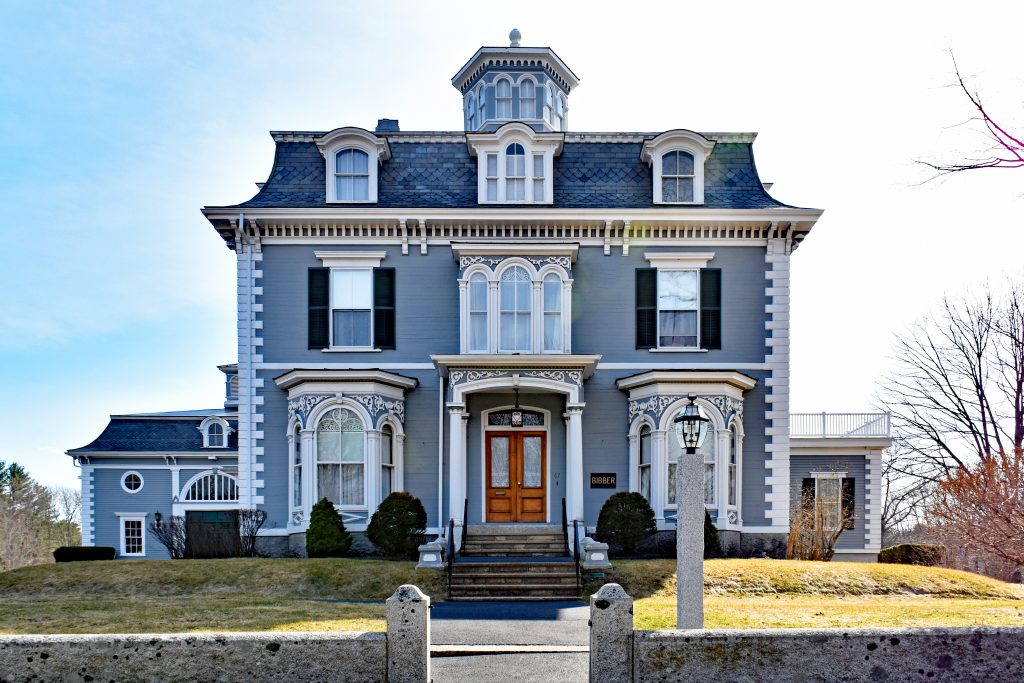Portsmouth and New Castle, NH are neighboring towns on the New Hampshire coastline. New Castle has the distinction of being the easternmost town in New Hampshire, as well as one of the smallest, and
Portsmouth, on the other hand, is one of New Hampshire’s larger cities and is a historic seaport. Together they form a popular tourist destination with multiple sites of interest. As a first time visitor, I set off to explore all there is to see and do in the area, starting on the Portsmouth waterfront.
1. The Boats in Old Harbour, Portsmouth

Colorful fishing boats and jaunty red tug boats can be spotted on the pier in Old Harbour, both signs of a still active port. Fishermen work the waters daily, and visitors can choose from numerous fishing trips if they want to try their hand or dine on fresh fish at one of the many restaurants overlooking the harbor.
The Piscataqua River channel that separates Maine and New Hampshire is notoriously rough with one of the country’s most challenging currents to navigate, so the tugboats lie in wait to guide tankers and other large vessels safely through.
2. Ceres Street, Portsmouth


Tiny Ceres Street is tucked away behind Market Street but along with neighboring Bow Street is the place to be for the best Old Harbour view. The contiguous brick structure that lines Ceres Street is referred to as Merchant’s Row, which was built in 1803 after a devastating fire destroyed most of Portsmouth’s wooden waterfront structures.
At the time of their construction, the warehouses of Merchant’s Row were the tallest buildings in America. While the Piscataqua River once went right up to the edge of the warehouse walls, today Ceres Street is walkable and is the home of a number of shops and restaurants.
3. Moffatt-Ladd House, Portsmouth

Overlooking Merchant’s Row and the river is the Moffatt-Ladd House, one of the finest remaining examples of Georgian architecture in America. The house is a historic house museum, open seasonally, where visitors can explore the authentically furnished house and its elegant gardens.
The house was completed circa 1763 for Samuel Moffatt, the only son of John Moffatt, one of the wealthiest men in the colony of New Hampshire prior to the American Revolution. At three stories tall, it was the first house of its height in Portsmouth and was a visual display of Moffatt’s wealth and status.
4. Market Street & Market Square, Portsmouth


If Market Square is the center of Portsmouth’s downtown, then the North Church is its centerpiece. The steeple of this historic Congregational church is Italianate in style, and can be seen throughout Portsmouth and even from the coast of Maine across the Piscataqua River.
The church overlooks the bustling downtown streets lined with all manner of specialty shops, restaurants, art galleries, antique shops, and more, all housed in historic buildings. Brick sidewalks, benches, trees, and a fountain create a welcoming environment for residents and visitors alike. Of particular note is Market Street, with its cast-iron storefronts, which remains one of the most significant early 19th-century commercial blocks in the country.
5. The Bridges of Portsmouth


The bridges of Portsmouth are an integral part of the city’s coastal landscape, adding architectural interest to the waterfront scene. The Piscataqua River Bridge is the longest of three bridges that connect Portsmouth to Kittery, ME. The arch-style bridge opened in 1972 at an impressive length of over 4,500 feet.
A vertical-lift bridge, the World War I Memorial Bridge connects Portsmouth to Kittery via Badger Island. Completed in 2013, the current bridge replaced a similar bridge that was in operation from 1923-2012 and is dedicated to the “Sailors and Soldiers of New Hampshire Who Participated in the World War 1917-1919”. Portions of the bridge can be either fully or partially lifted to allow commercial and recreational boat traffic to pass underneath.
A third bridge newly constructed and opened in 2018, the Sarah Mildred Long Bridge, is not pictured here. It also connects Portsmouth and Kittery. All three bridges are necessary to manage the heavy traffic flow between the two locales. The states share ownership of all three bridges, agreeing to contribute to their repairs and maintenance.
6. South End, Portsmouth



bottle display above the door and the starfish in the windows.
The South End of Portsmouth is a lovely place to wander just past Market Square. Quiet, narrow streets lined with historic homes, brightly colored doors, and stunning “pocket gardens” (in season) are a visual feast for the eyes.
Homeowners go all out decorating for the holidays, and in the fall the South End is home to the largest fairy house tour in the world. That’s the best endorsement I can think of to demonstrate the incredible charm of this historic area. Of course, the neighborhood has spectacular water views as well, best seen from Prescott Park, a 10-acre public park on the waterfront.
7. Strawbery Banke Museum, Portsmouth

of a middle-class dwelling built at the time of the American Revolution.
Named for the strawberries that once lined the banks of the Piscataqua River, the Strawbery Banke Museum (yes, one “r” in Strawbery and an “e” at the end of Banke) is an outdoor history museum featuring 32 historic buildings, eight heritage gardens, frequently changing exhibits, costumed interpreters, and so much more.
Though the buildings are opened seasonally, the museum hosts special events throughout the year including the Labrie Family Skate, an outdoor skating rank available throughout the winter months.
8. Governor John Langdon House, Portsmouth

An elegant portico and balustrade embellish the facade of the Governor John Langdon House, yet another stunning example of Georgian architecture in Portsmouth. Langdon was a merchant, shipbuilder, Revolutionary War leader, signer of the U.S. Constitution, and three-term governor of New Hampshire. Side note: Is it just me, or does it seem our ancestors wore many more hats than we do today?
Open seasonally, the house boasts elaborate interior woodwork, grand reception rooms for ceremonial occasions, and an expansive formal garden in the rear. At the end of the 19th-century, the house was purchased by Langdon’s descendants and restored to its 18th-century glory.
9. All Things Pickwick, Portsmouth

The whimsical shops of Pickwick’s Mercantile are an unexpected delight and a fun diversion. As their tagline suggests, “experience wonder” at the original Pickwick’s Mercantile shop which carries both modern and classic items. Located in the historic Bridge District, explore its selection of “curious gifts” and enjoy interacting with the elaborately costumed shopkeepers.
Right next door to the mercantile you will find Fezziwig’s Food & Fountain to satisfy your savory lunch cravings or your sweet tooth, and you will discover more delights at Lady Pickwick’s and Deadwick’s Ethereal Emporium, as well as at Pickwick’s at the Banke, on the grounds of Strawbery Banke Museum.
10. Wentworth by the Sea, New Castle

While most of Portsmouth is walkable, my journey to New Castle required a car and a short drive from Portsmouth. Although a stay at Wentworth by the Sea was not on my agenda for this trip, I simply had to see its grand architecture. A gilded age luxury resort, the hotel is listed as one of the Historic Hotels of America by the National Trust for Historic Preservation.
Originally constructed in 1874 by Daniel Chase and named Wentworth Hall, it was expanded by Frank Jones in 1879 in the Second Empire style, and served as the host site for the Japanese and Russian delegations that drafted the Treaty of Portsmouth to end the Russo-Japanese War. The hotel was saved from demolition in 1997 by new owners and restored and reopened in 2003 with much fanfare.
Even if you prefer staying closer to downtown Portsmouth, take a drive out to the Wentworth and experience the hotel’s architecture, dining options, and spa.
11. Fort Constitution, New Castle

Fort Constitution guarded the entrance to Portsmouth Harbor for hundreds of years, originating as a British stronghold in 1632. Initially named Fort William & Mary, the British were overtaken at the fort by 400 “Sons of Liberty” on the nights of December 14th and 15th, 1774, having been warned by Paul Revere the day prior. The British abandoned the fort and after being unoccupied for a period, it was resurrected by the federal government as Fort Constitution in 1783.
After World War II the fort became inactive. Now a New Hampshire State Park located on the grounds of a Coast Guard station, visitors can enjoy a self-guided tour through the fort with stunning views of both the Piscataqua River and the Atlantic Ocean. It was one of seven forts built to protect Portsmouth Harbor, including Fort Stark which is also in New Castle.
12. Portsmouth Harbor Lighthouse, New Castle

The Portsmouth Harbor Lighthouse was first established in 1771. Rebuilt in 1878, the current 48-foot lighthouse is made of cast-iron and is maintained by the U.S. Coast Guard on an active military site, also the location of the Fort Constitution Historic Park.
Visitors can attend one of the many open houses hosted by the Friends of Portsmouth Harbor Lighthouses or can see the lighthouse up close from the grounds of Fort Constitution. The views are worth the visit!
13. Main Street, New Castle


New Castle has its own charming Main Street that is worth strolling. See landmarks such as the Historical Society Building (1879), the Congregational Church (1828), the Town Hall (1894), as well as the cutest little post office you ever did see! Access a walking tour and map here.
Please note that this post may contain affiliate links, meaning, at no additional cost to you, I will earn a commission if you click through and make a purchase. As an Amazon Associate, I earn from qualifying purchases.
Both Portsmouth and New Castle, NH have so much to see and do whether you are visiting for a day, a weekend, or longer. While winter has its own beauty, to fully experience all that the region has to offer I recommend visiting sometime from May to October, or during the holidays. For accommodations, consider staying at Wentworth by the Sea or search here for additional options.
[x_author title=”About the Author”]

My name is Deb Cohen, and I am a lifelong resident of Connecticut, a lover of all things historic and New England, and a realtor who helps buyers and sellers achieve their real estate goals and dreams. When I’m not working, I enjoy life with my husband, our two adult children, and our two rescue pups. Renovating and decorating our historic home, dating to 1800, is another favorite pastime.
